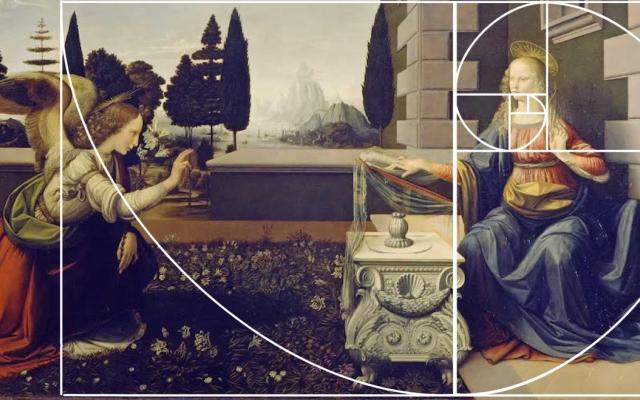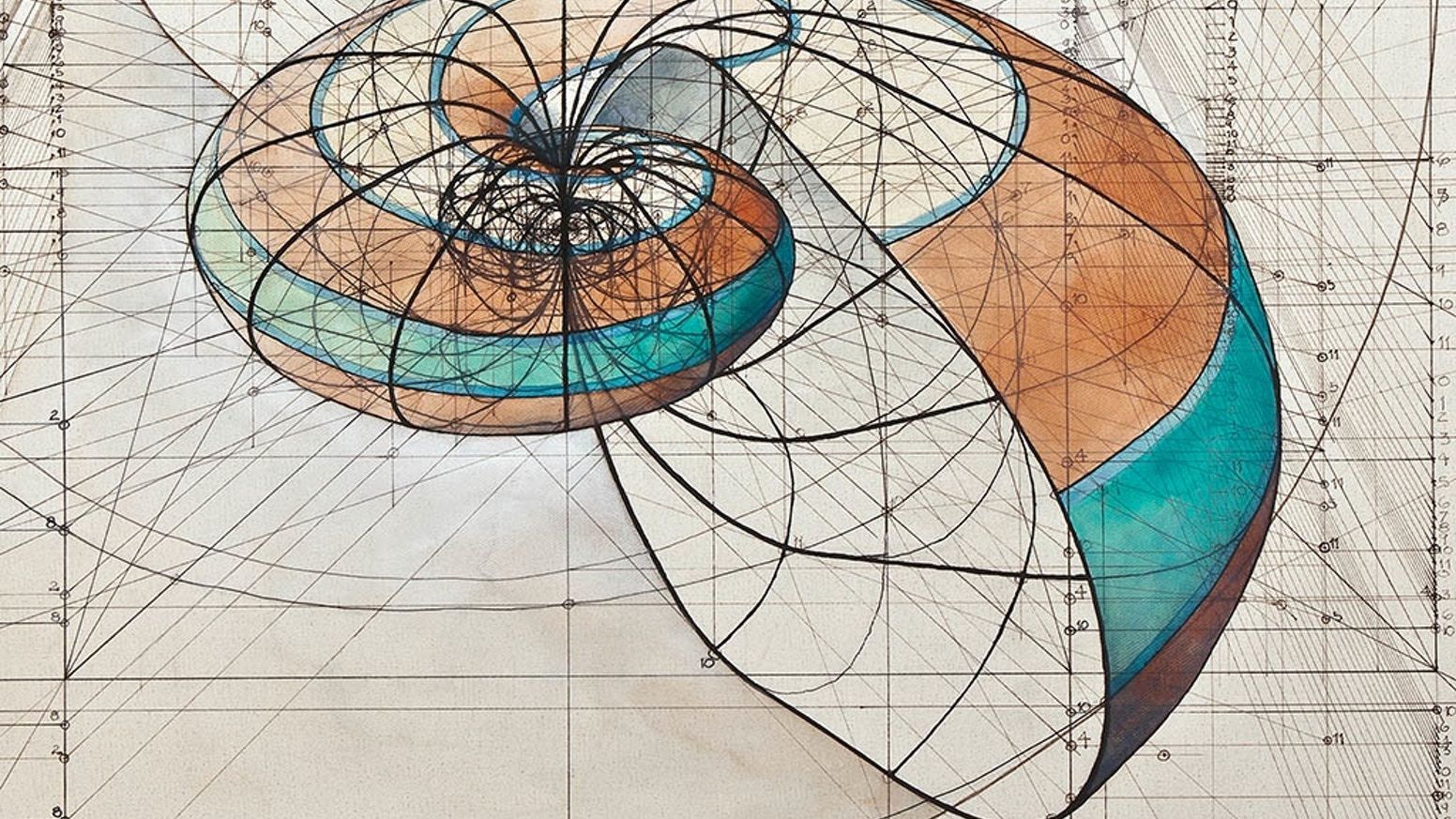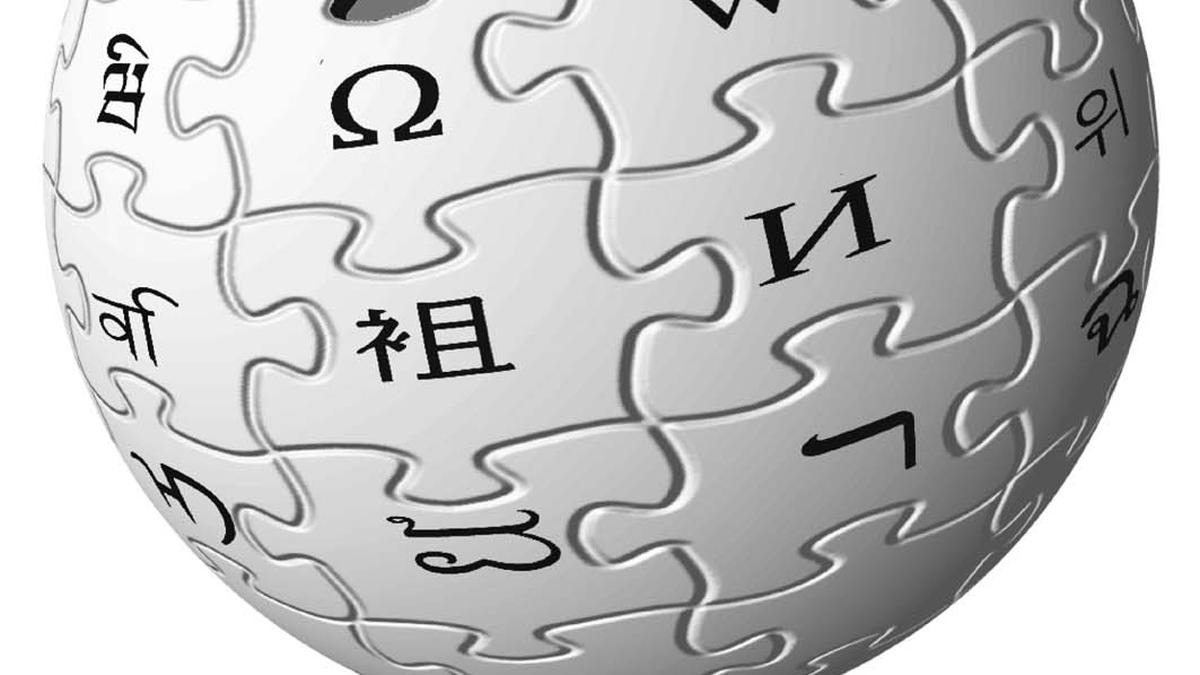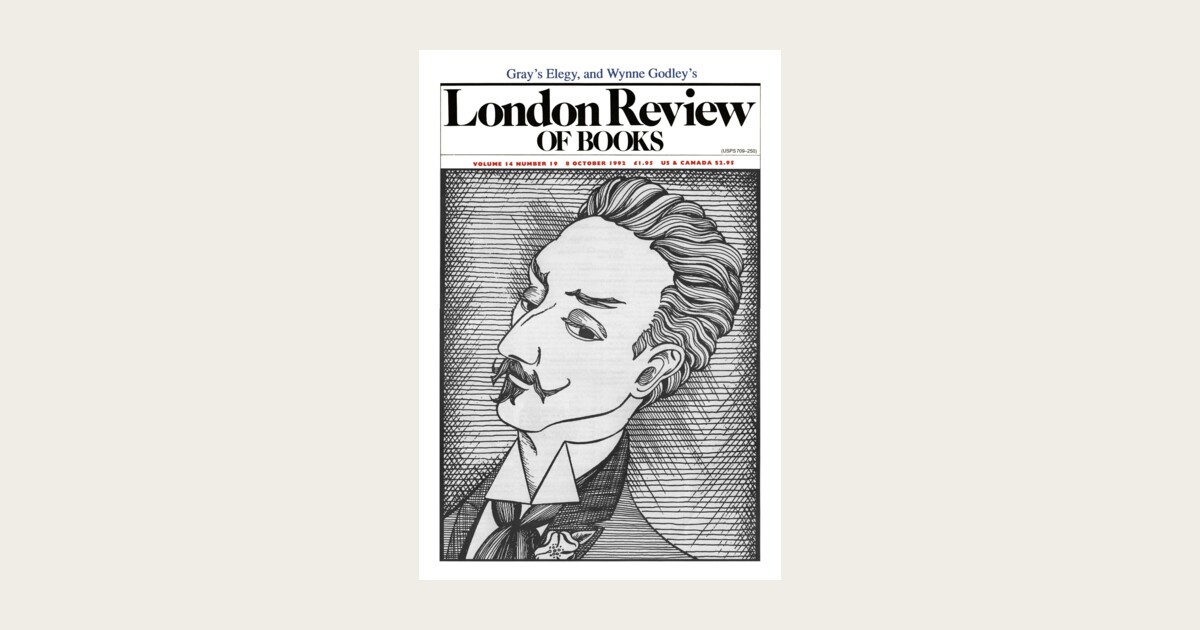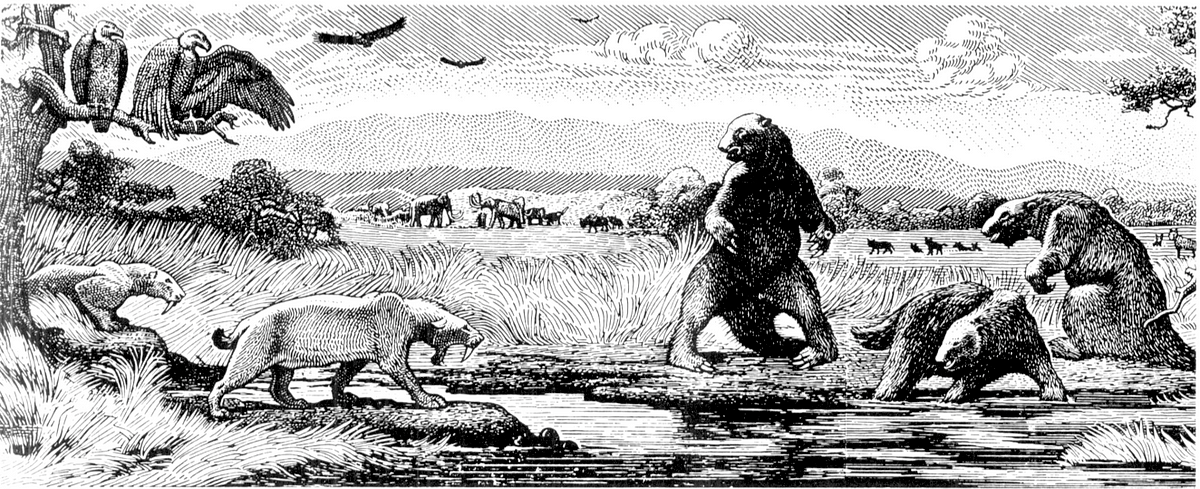Aspect ratio (image)
The aspect ratio of an image is the ratio of its width to its height. It is expressed as two numbers separated by a colon, width:height. Common aspect ratios are 1.85:1 and 2.40:1 in cinematography, 4:3 and 16:9 in television, and 3:2 in still photography.
The common film aspect ratios used in cinemas are 1.85:1 and 2.40:1.[ 1] Two common videographic aspect ratios are 4:3 (1.3 :1),[ a] the universal video format of the 20th century, and 16:9 (1.7 :1), universal for high-definition television and European digital television. Other cinematic and video aspect ratios exist, but are used infrequently.
In still camera photography, the most common aspect ratios are 4:3, 3:2 (1.5:1), and more recently found in consumer cameras, 16:9.[ 2] Other aspect ratios, such as 5:3, 5:4, and 1:1 (square format), are used in photography as well, particularly in medium format and large format.
With television, DVD and Blu-ray Disc, converting formats of unequal ratios is achieved by enlarging the original image to fill the receiving format's display area and cutting off any excess picture information (zooming and cropping), by adding horizontal mattes (letterboxing) or vertical mattes (pillarboxing) to retain the original format's aspect ratio, by stretching (hence distorting) the image to fill the receiving format's ratio, or by scaling by different factors in both directions, possibly scaling by a different factor in the center and at the edges (as in Wide Zoom mode).


